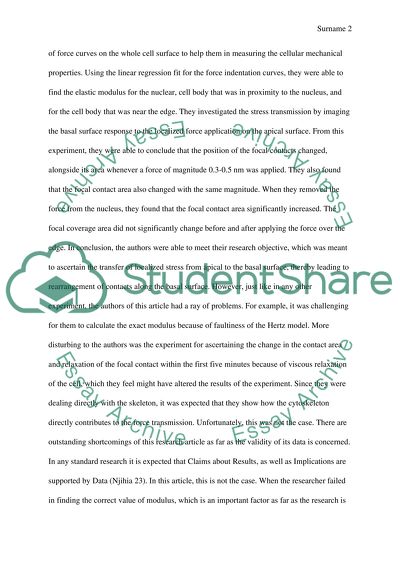Atomic Force Microscope Coursework Example | Topics and Well Written Essays - 750 words. Retrieved from https://studentshare.org/engineering-and-construction/1454160-atomic-force-microscope-used-to-study-human-cells
Atomic Force Microscope Coursework Example | Topics and Well Written Essays - 750 Words. https://studentshare.org/engineering-and-construction/1454160-atomic-force-microscope-used-to-study-human-cells.


